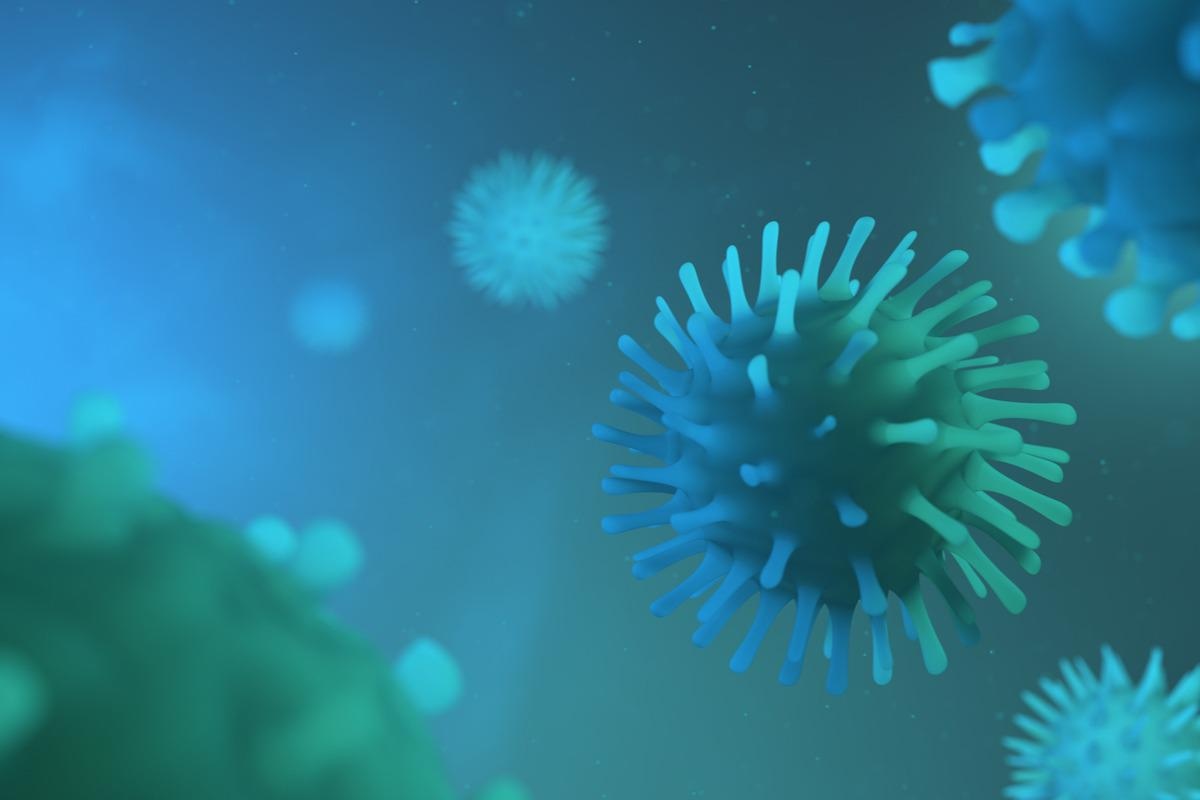The severe acute respiratory syndrome coronavirus 2 (SARS-CoV-2) infection that produced the coronavirus disease 2019 (COVID-19) pandemic has resulted in over 298 million cases worldwide, although the molecular mechanisms of viral infection and host pathogenesis remain unknown.
 Study: SARS-CoV-2 spike engagement of ACE2 primes S2′ site cleavage and fusion initiation. Image Credit: CROCOTHERY/Shutterstock
Study: SARS-CoV-2 spike engagement of ACE2 primes S2′ site cleavage and fusion initiation. Image Credit: CROCOTHERY/Shutterstock
The spike (S) glycoprotein of the SARS-CoV-2 virus is a class I fusion protein that decorates the viral lipid envelope and is a critical factor of the viral entrance. The monomer of the SARS-CoV-2 spike has two fragments: The receptor-binding domain (RBD) in the amino terminus of the S1 subunit recognizes the host receptor angiotensin-converting enzyme 2 (ACE2) for initial docking, while the carboxyl terminus of the S2 subunit catalyzes the fusion of viral and cell membranes, allowing the release of the viral RNA genome and downstream replication within infected cells.
Spike can be degraded by proteolytic enzymes. The SARS-CoV-2 spike contains a polybasic cleavage site at the S1/S2 junction, which is processed post-translationally by the endopeptidase furin; the cleaved S1 and S2 subunits are noncovalently linked and fusion capable. SARS-CoV-2 entrance may be facilitated by furin-cleaved S1, which exposes a C-terminal motif recognized by the host receptor neuropilin-1 (NRP1).
Although the spike protein is auto-processed, the subsequent membrane fusion is thought to be caused by a proteolytic cleavage event within the S2 subunit. This study, conducted by a team of researchers from the University of Chinese Academy of Sciences, reveals a targetable mechanism for SARS-CoV-2 host cell infection by highlighting an important function for host receptor interaction and the critical residue of spike for proteolytic activation.
The study
The authors used a cell-cell fusion assay to extract potentially cleaved spike protein products from syncytia in order to explore the functional and biochemical characteristics of spike (S) protein when it engages its receptor ACE2 in living cells. Spike expression in HEK293T cells was found to contain full-length S and autocleaved S2 fragments of 195 and 98 kDa, respectively. An extra band S2′ at 68 kDa was observed when HEK293T-ACE2 cells were added to spike-expressing HEK293T cells, which was not present in spike-expressing HEK293T cells cocultured with control HEK293T cells. The amount of S2′ band was proportional to the number of ACE2-expressing cells introduced, implying that increasing the amount of ACE2 facilitated spike proteolytic processing.
The authors investigated the specificity of S2′ fragment production by human and mouse ACE2 variants in the described circumstances since mice ACE2-expressing cells are resistant to wild-type (WT) SARS-CoV-2 spike-mediated infection. Using pulldown techniques by ACE2 attached with C-terminus V5 and 6his tags, the authors designed a coimmunoprecipitation system to validate the mouse or human ACE2 differences. Unlike human ACE2, mice ACE2 did not bind to the RBD domain of the spike in HEK293T cell lysates; the authors also confirmed that full-length spike interacts with human ACE2, but not mouse ACE2. When human and mouse ACE2-expressing cells were cocultured with HEK293T cells expressing WT spike at a 1:1 ratio, human ACE2-expressing cells produced the S2′ band readily, however, mouse ACE2-expressing cells did not. As a result, when HEK293T cells expressing human ACE2, but not mouse ACE2, were cocultured with spike-producing cells, and produced syncytia.
The authors used an infection model to investigate the proteolytic processing of virion spike following viral entrance to back up their findings from cell-cell fusion experiments. In contrast to ectopically produced SARS-CoV-2 WT spike protein in cells, SARS-CoV-2 WT spike protein built on virions collected from supernatants after incubation was primarily cleaved into the S2 species, which is consistent with earlier results. In both the mock and infected groups, pseudotyped particles (PP) in the supernatants remain unchanged 8 hours post-infection (hpi). However, during the course of infection, an increase in S2, as well as cleaved S2′ band, was clearly identifiable from HEK293T-ACE2 cell lysates, implying a time-dependent increase in cleavage during viral entry.
Implications
Although this model cannot see the host response to viral infection in vivo, in vitro evaluation of spike proteolytic activation and syncytia formation could provide a reliable technique for screening small-molecule inhibitors and host-derived factors that target this event. As a result, therapies that target the use of host receptors or downstream proteolytic activities may help to improve the disease state and outcomes of current and future cross-strain coronavirus infections.